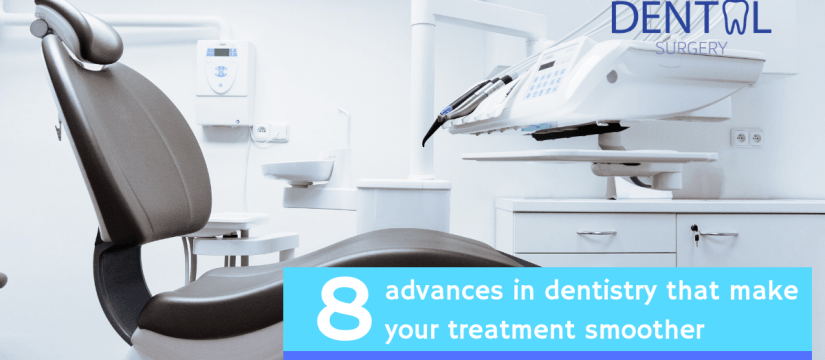
If you’re old enough to have been going to the dentist for a few decades, you might have noticed that our equipment has changed quite a bit over the years – although you’d be excused if you didn’t, because we understand that most patients just want to come in and get out without having to think too much about their visit.
The good thing for you is that the equipment, materials, and techniques we use are constantly being improved, which results in shorter visits, as well as potentially fewer of them.
A check-up can now be not only more thorough but also faster, we’re able to detect potential issues earlier, and when we do need to offer remedial treatment, it can often be done in just one or two appointments, whereas not that long ago it might have needed a couple more.
At the same time, we have more options for the more complex procedures, such as straightening or replacing teeth.
Overall, these advances save you time, money, inconvenience, and potential further discomfort, while making it less likely that you’ll need further treatment on the same issue in the future.
A big part of being a dentist is keeping up with all these changes and innovations, for example:
1. Better filling material
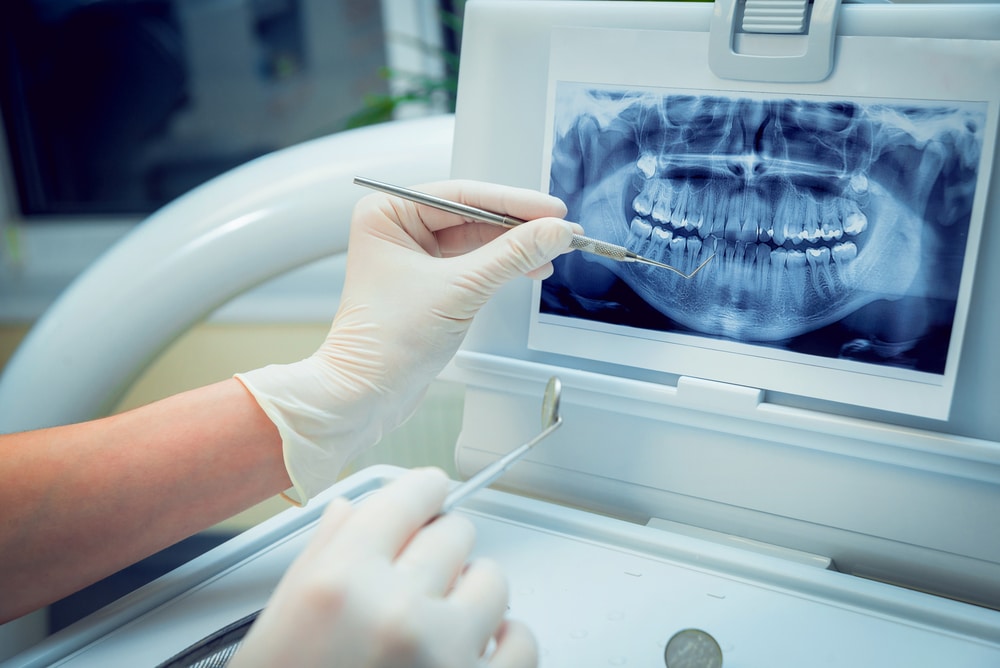
The material that dentists use to fill a cavity used to be a silver-coloured amalgam. These days, we have the options of more tooth-coloured composites and porcelain fillings, which look more natural.
2. Better bonding material
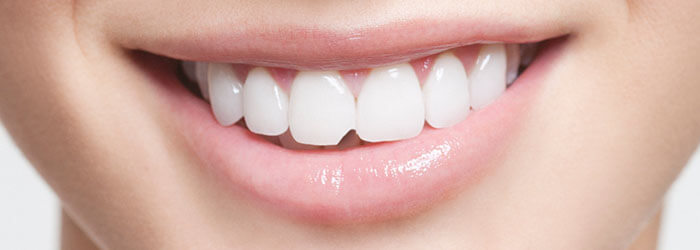
If you’ve chipped a tooth, it can be restored to look more natural than it would have in the past thanks to improvements in bonding material.
3. Thinner veneers
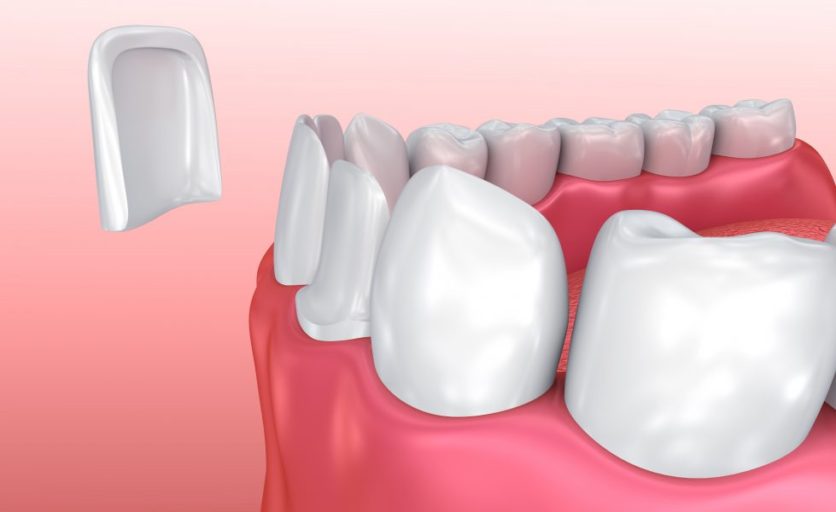 New materials have made it possible to create even thinner veneers that are just as strong, which means more of the natural tooth can be retained when preparing it to have a veneer attached.
New materials have made it possible to create even thinner veneers that are just as strong, which means more of the natural tooth can be retained when preparing it to have a veneer attached.
4. Invisalign braces
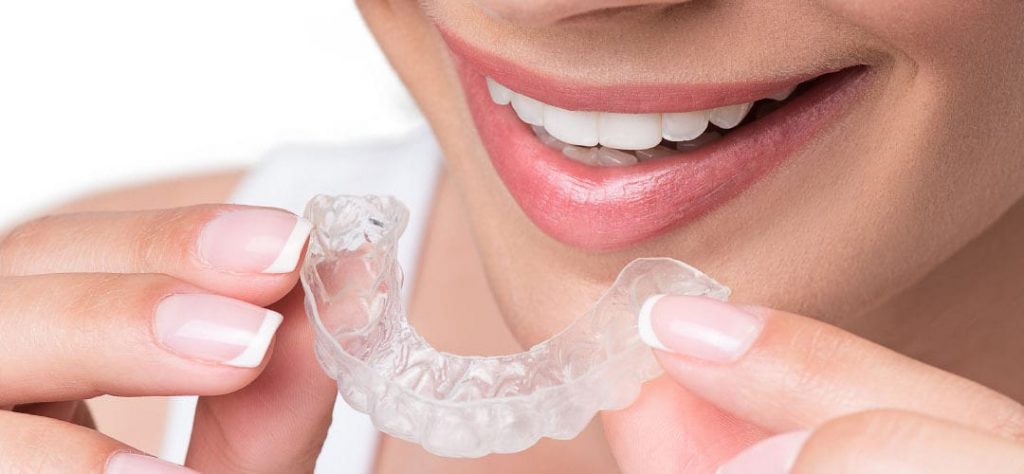
Invisalign is a big improvement on the ‘old-school’ heavier metal braces. These clear, practically invisible braces gently straighten teeth, are more comfortable, and easier to take out for cleaning.
5. Improved dental implants
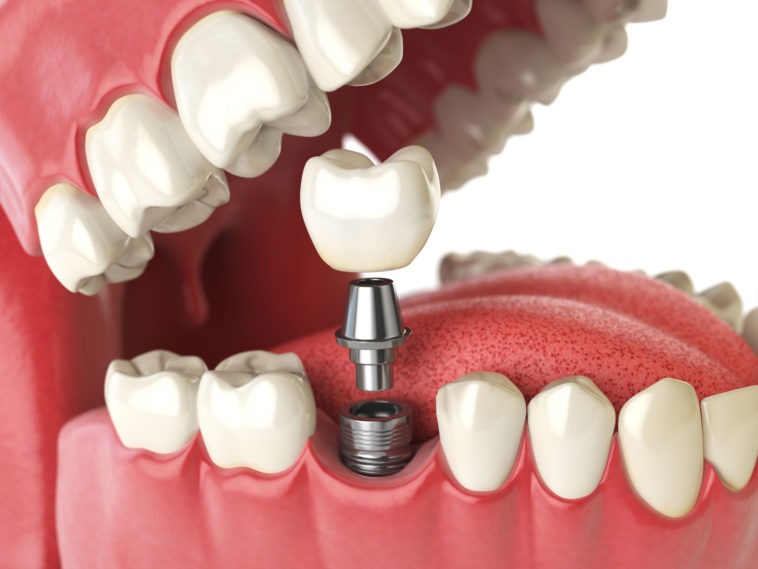
Dental implants are now made from better materials, are designed with greater accuracy, and the techniques for both implant surgery and the fitting of crowns has also advanced significantly.
6. Less intrusive, more accurate x-rays
 Besides the benefit of reducing exposure to radiation, digital radiographs allow images to be instantly displayed on a computer screen. It’s also a more comfortable procedure.
Besides the benefit of reducing exposure to radiation, digital radiographs allow images to be instantly displayed on a computer screen. It’s also a more comfortable procedure.
7. Cone-beam imaging
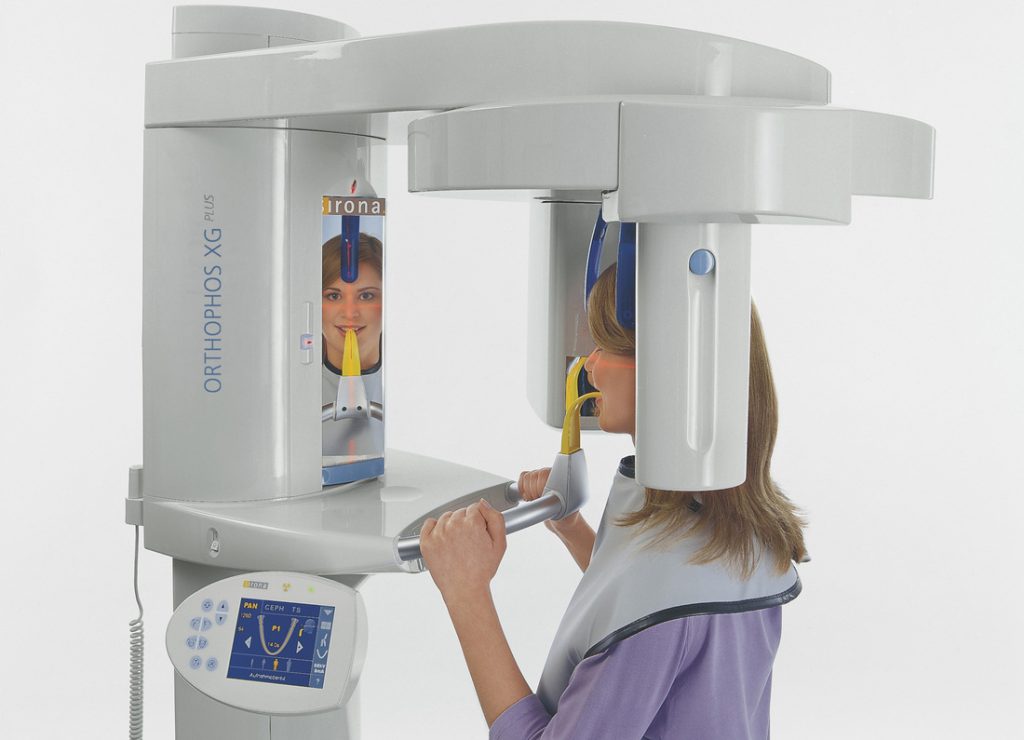 Cone-beam imaging is like getting a dental CT scan, with the x-ray machine wrapping around the patient’s head to capture a 3D view. This can help identify features not seen on a traditional x-ray.
Cone-beam imaging is like getting a dental CT scan, with the x-ray machine wrapping around the patient’s head to capture a 3D view. This can help identify features not seen on a traditional x-ray.
8. CAD/CAM technology
![]()
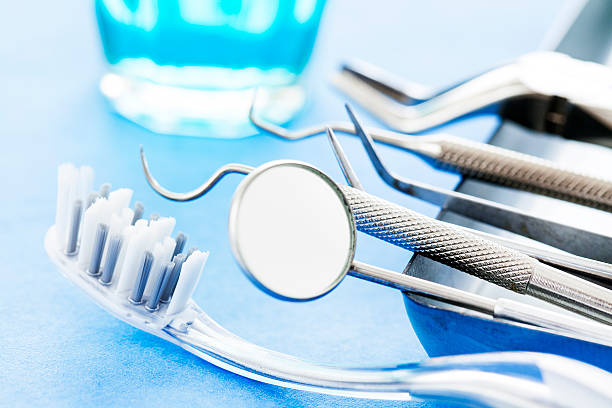
CAD/CAM stands for computer-assisted design/computer-assisted manufacture, which has made it easier and much faster to measure for and create things like crowns and bridges.
We get better ‘toys’, too
 We haven’t even touched on the things we use every day in the dental surgery, from the chair you sit in to the tools we hold and the protective gear we wear – not to mention the ease of reviewing each patient’s history and updating it as we go (Gabapentin).
We haven’t even touched on the things we use every day in the dental surgery, from the chair you sit in to the tools we hold and the protective gear we wear – not to mention the ease of reviewing each patient’s history and updating it as we go (Gabapentin).
Then there are the benefits you get at home, with advances in the materials and ingredients of the things you use in your oral-care regimen: toothbrushes, floss, toothpaste, mouthwash, and so on.
You can only wonder what’s next. Will we see intelligent toothbrushes, wirelessly feeding data to an app that uploads it to the cloud so we can monitor your oral health remotely?
Maybe some minor dental treatments will be able to be done using less-intrusive procedures, something like laser technology to repair enamel?
And what about fillings made from a biologically active material made from stem cells?
No matter what the future holds, we’ll keep striving to keep your teeth, gums, and mouth as healthy as possible, so we don’t have to repair or restore anything.
To that end, for the time being at least, we need to see you regularly, so book a check-up today.
Leave a Reply
You must be logged in to post a comment.
